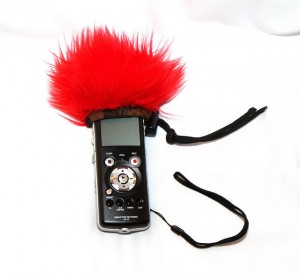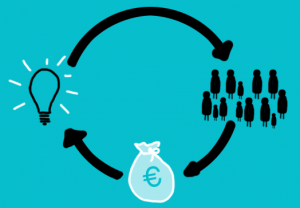Using compact cameras to make great TV
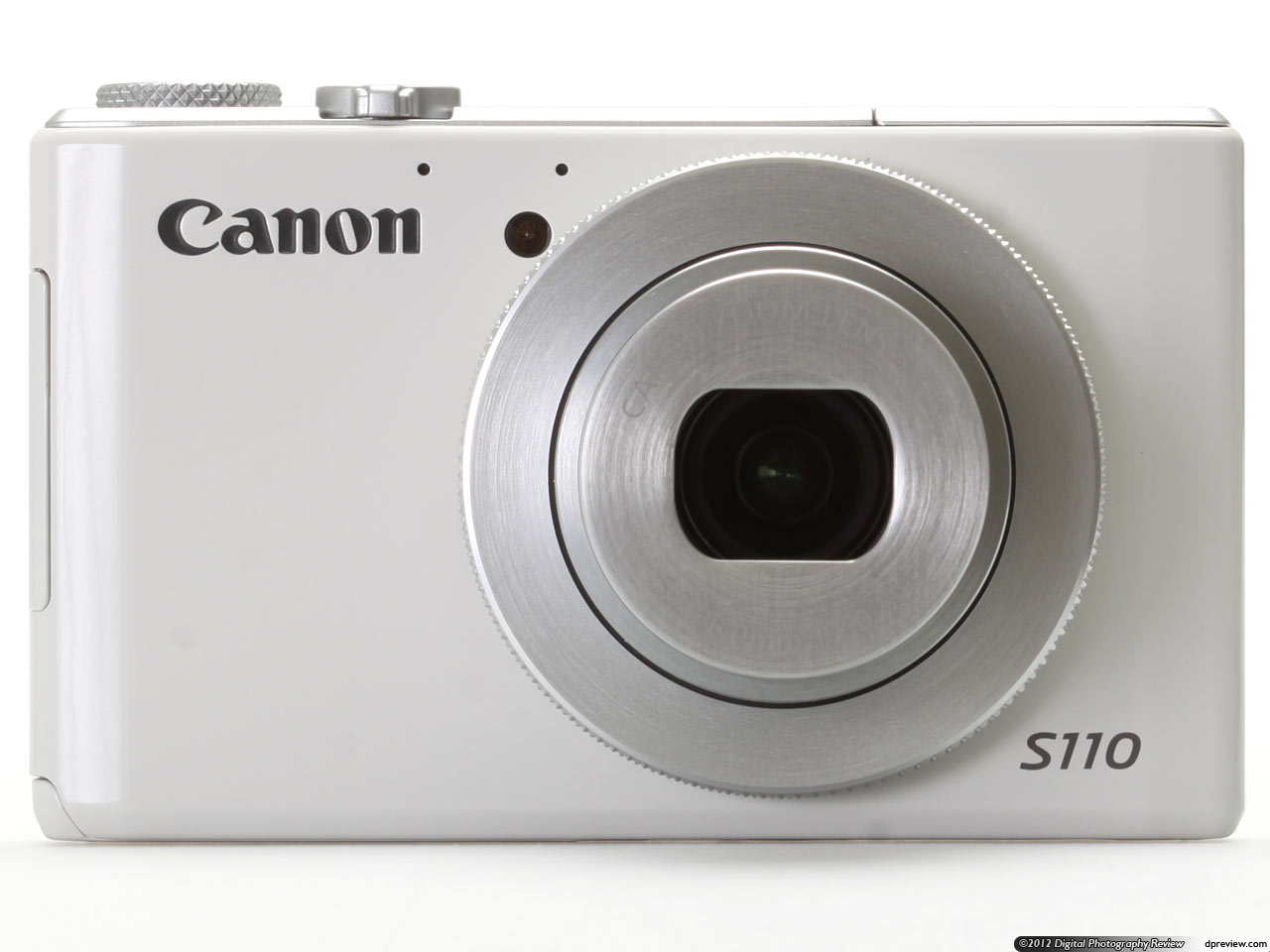 In previous onMedia posts, we’ve explored making video for the web using camcorders and mobile phones. But compact digital cameras are also making a big impact in television. They allow journalists to shoot video from unusual points of view and because of their smaller size, they also make it easier for camera operators to capture authentic footage and interviews.
In previous onMedia posts, we’ve explored making video for the web using camcorders and mobile phones. But compact digital cameras are also making a big impact in television. They allow journalists to shoot video from unusual points of view and because of their smaller size, they also make it easier for camera operators to capture authentic footage and interviews.
Among his equipment, professional cameraman and documentary filmmaker Christian Parkinson has a small point and shoot digital camera, which he uses to produce quality films for broadcast. He talks to onMedia about his experience of working with compact cameras.
![]() read more
read more
Tips for journalists reporting on camera
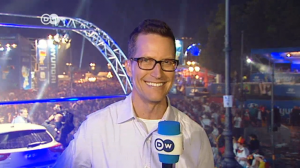 When journalists first get in front of the camera to report from the field, they’re usually so worried about what hand to hold the microphone in or whether they should use a notebook that they can’t concentrate on what they want to say. To help calm those nerves, onMedia asked DW TV journalist and news anchor Ben Fajzullin to share the basics of what’s important when reporting on camera.
When journalists first get in front of the camera to report from the field, they’re usually so worried about what hand to hold the microphone in or whether they should use a notebook that they can’t concentrate on what they want to say. To help calm those nerves, onMedia asked DW TV journalist and news anchor Ben Fajzullin to share the basics of what’s important when reporting on camera.
![]() read more
read more
Think before you map: Learning from Egypt’s HarassMap
 In 2008, Ushahidi first mapped post-election violence in Kenya using information sent in by people via sms or online. Since then, thousands of organizations have used Ushahidi or other mapping tools to crowdsource information and present it on a map. The uses have been myriad, from mapping the crisis in Haiti after the 2010 earthquake to getting feeback about dangerous bike paths in Berlin.
In 2008, Ushahidi first mapped post-election violence in Kenya using information sent in by people via sms or online. Since then, thousands of organizations have used Ushahidi or other mapping tools to crowdsource information and present it on a map. The uses have been myriad, from mapping the crisis in Haiti after the 2010 earthquake to getting feeback about dangerous bike paths in Berlin.
After all, crowdsourced maps are often an easy way to put visuals on a web page and show what’s happening in places that reporters or rights activists can’t or don’t get to. But this doesn’t mean media organizations or advocacy groups can slap together an online map and people will automatically start sending reports. Many crowdsourced reporting projects are unfortunately short lived, attracting few reports and having little impact.
HarassMap has won several awards for mapping incidents of sexual harassment in Egypt. onMedia takes a look at what the organization has learned since it launched in 2010.
![]() read more
read more
Digital audio recorders for journalists: what to look for
There are many options out there for journalists wanting to buy a digital audio recorder. But before spending that hard-earned cash on a new device, you should think about what you’ll be using the digital recorder for. Are you going to be doing your recording in the Amazon rainforest or in your local mayor’s office? What’s most important for you? The sound? The size? Or do you need a lower-cost audio recorder that won’t empty your bank account?
onMedia’s Kate Hairsine and Kyle James have been working with digital recorders for over a decade. Here they go through some of the characteristics worth considering in a recorder and tell you what’s personally important to them.
![]() read more
read more
Ambitious journalism projects ask public for start-up cash
Several digital news projects in Europe have received a lot of attention over the past year due to their innovative funding method. They didn’t have a big publisher financing their start-up costs, but went directly to their potential audience and raised millions for their platforms. This kind of crowdfunding might be a model for others to follow, especially as other revenue streams slow to a trickle.
The drumbeat of depressing news about print publishing’s decline has been with us for so long now that it’s now part of the general background noise. But digital sites, even the big ones, are also hurting as online ad revenues have slumped. More and more are abandoning the “it’s free on the internet” philosophy and setting up paywalls, with some success.
But what about the new kids on the block? Those start-ups might have the drive and ideas, but aren’t the New York Times, which has enough clout to convince people to pay to access unlimited content.
Two European newcomers think they might have found a solution. Within a year, a Dutch online news platform called De Correspondent, and a similar German project, Krautreporter, managed to raise millions of dollars through crowdfunding campaigns. They wanted to launch sites following a new business model, and in a sense, to remake online journalism. In fact, Krautreporter declared on its blog: “Online journalism is broken. We can fix that.”
![]() read more
read more
Innovative journalism and advocacy projects
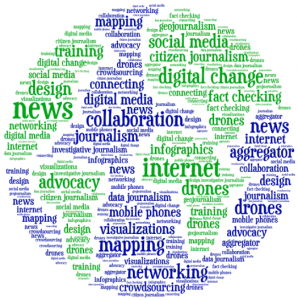 The rapid rise of mobile phones, the Internet and above all, social media is making it easy for even small media organizations and advocacy groups to create journalism networks or develop innovative digital projects that have an impact. From documenting the disappearance of trees in the Amazon rainforest to giving a voice to the illiterate in India or connecting journalists covering Colombia’s conflict, onMedia gives you a snapshot of interesting projects from around the world.
The rapid rise of mobile phones, the Internet and above all, social media is making it easy for even small media organizations and advocacy groups to create journalism networks or develop innovative digital projects that have an impact. From documenting the disappearance of trees in the Amazon rainforest to giving a voice to the illiterate in India or connecting journalists covering Colombia’s conflict, onMedia gives you a snapshot of interesting projects from around the world.
![]() read more
read more
Equipment checklist for radio and online journalists
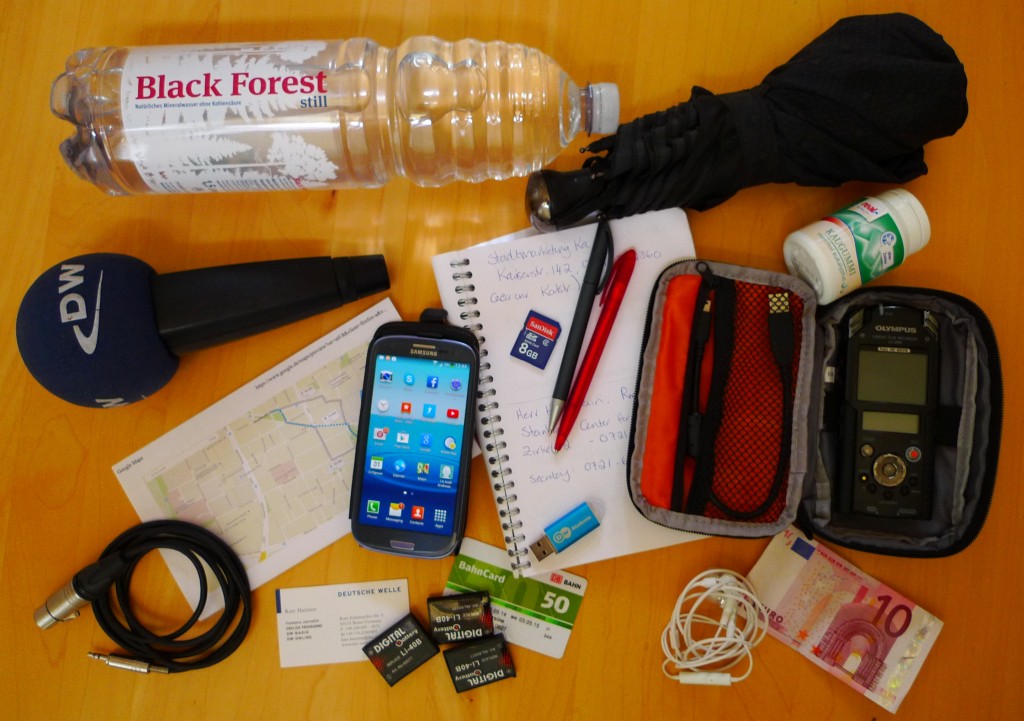 When you’re working as a news and current affairs reporter, you need to be fast. Sometimes I get a call asking for a story and literally leave the office at a run because the deadline is so tight. Because of this, I have an equipment checklist hanging next to my desk. That way, I don’t leave something behind and end up looking red-faced because of it.
When you’re working as a news and current affairs reporter, you need to be fast. Sometimes I get a call asking for a story and literally leave the office at a run because the deadline is so tight. Because of this, I have an equipment checklist hanging next to my desk. That way, I don’t leave something behind and end up looking red-faced because of it.
Believe me, in the past I’ve forgotten things such as my microphone cable or spare batteries. Running off to buy replacements in the middle of a story is not only totally unprofessional, if you are somewhere more isolated without a shop around, you’re in big trouble.
Check out the reporter’s checklist below, and if you want to print off a copy, here’s a PDF version of the Reporter’s equipment checklist.
![]() read more
read more
Can journalists be activists? A conversation with Dan Gillmor
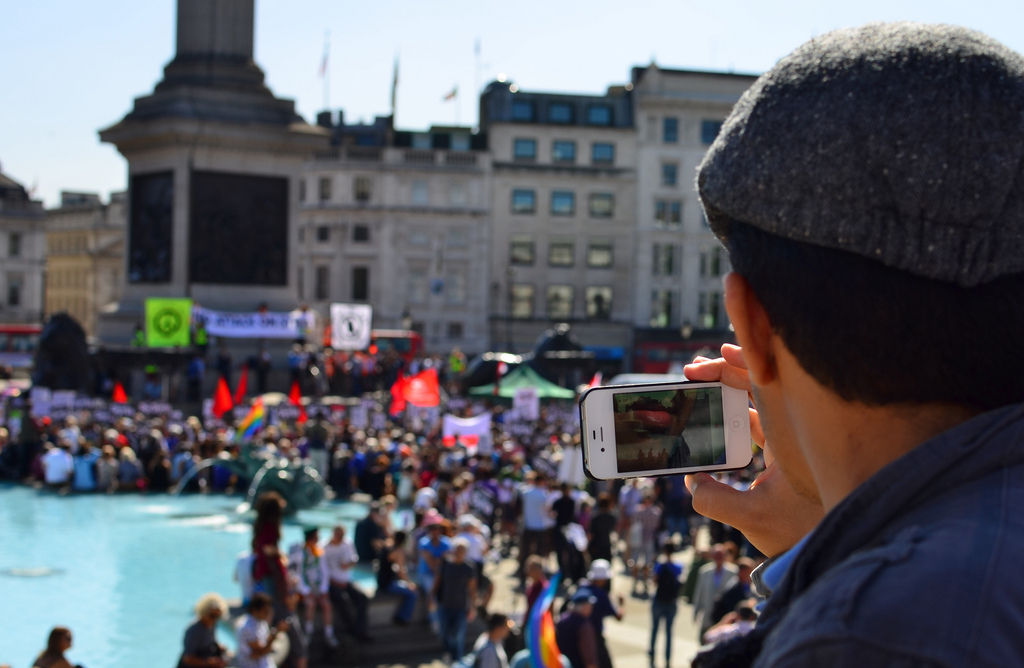
Photo: flickr/Moreno Berti, CC BY-ND 2.0
Whether journalists can be activists isn’t a new question, but it’s one that’s still being heatedly discussed– especially as digital technologies increasingly make it easy for anyone to create and publish media content. Some say journalism and activism are mutually exclusive because activism, by its very nature, compromises the journalism ethics of balance and neutrality.
Others argue activism is compatible with journalism as long as people are open about their agendas. One of these is Dan Gillmor, a columnist for the Guardian and a university professor who regularly teaches and writes about digital media. He is also the author of several books including Mediactive and We the Media (pdf), which popularized the concept of citizen journalism.
Ahead of a visit to Germany where he is speaking at DW’s Global Media Forum, Dan Gillmor spoke to onMedia about how he defines journalism, uncovering journalism in unexpected places and why he doesn’t trust Facebook.
![]() read more
read more
Creative ways of World Cup storytelling
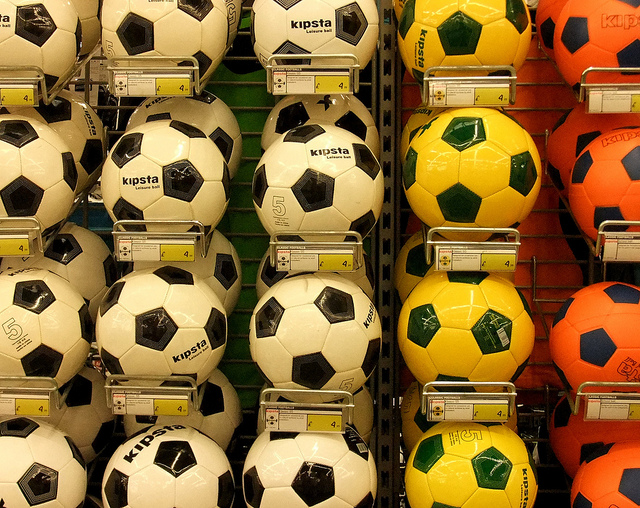
Photo: J Mark Dodds, (CC BY-NC-ND 2.0)
With such a frenzy around everything related to football and the World Cup in Brazil, media departments are madly experimenting with how they can grab readers’ attention. One thing they are doing is coming up with some stunning ways of telling football stories with numbers. From a slick image of the most popular beer in each World Cup country to a map displaying how comfortable different nationalities are about the idea of a national player coming out as gay, there is literally something out there for everyone.
Every day, our colleagues over at DW Innovation are combing the internet for innovative visualizations, infographics and storytelling all around the 2014 Brazil World Cup. Their collection is in a ScribbleLive document embedded below – this means that you just have to check back to this blog post and it will update automatically with DW Innovation’s daily discoveries.
![]() read more
read more
Journalists@Work: Oudom Tat
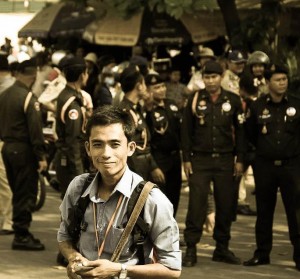 Oudom Tat, 25, is a photojournalist with Voice of Democracy (VOD), one of the few independent media outlets in Cambodia. He was first introduced to the news business at the age of 13 when he started working as a paperboy to help support his family. The Phnom Penh native then went on to teach English and eventually became a project assistant at the Cambodian Center for Independent Media. It was there he discovered his true calling.
Oudom Tat, 25, is a photojournalist with Voice of Democracy (VOD), one of the few independent media outlets in Cambodia. He was first introduced to the news business at the age of 13 when he started working as a paperboy to help support his family. The Phnom Penh native then went on to teach English and eventually became a project assistant at the Cambodian Center for Independent Media. It was there he discovered his true calling.
Oudom also produces radio stories and video pieces, and his film about the shooting of three workers in the Cambodian garment sector was selected as a finalist entry at the 2013 German Development Media Awards. These days though, Oudom is mainly doing what he loves best, taking pictures of news events around Cambodia, which he hopes will help bring about democratic change in the country. He spoke to onMedia about his work.
![]() read more
read more




